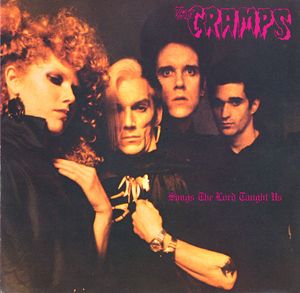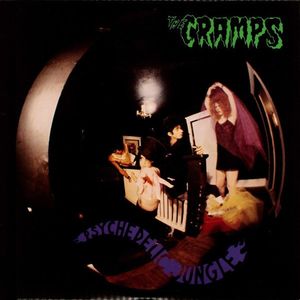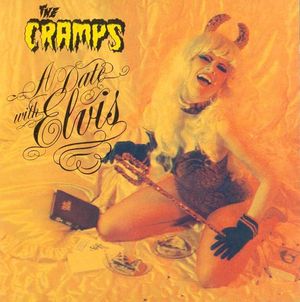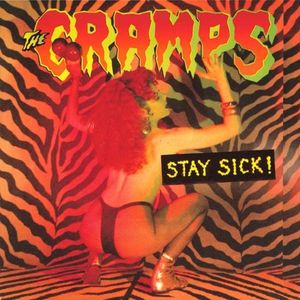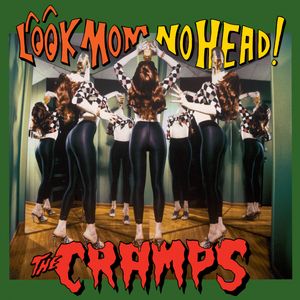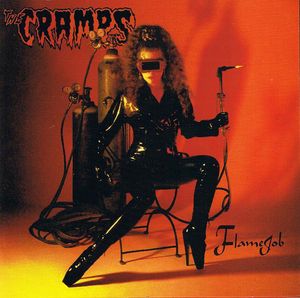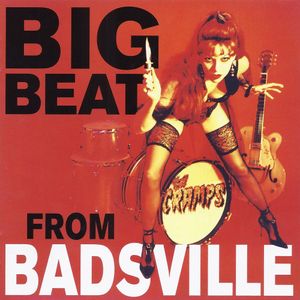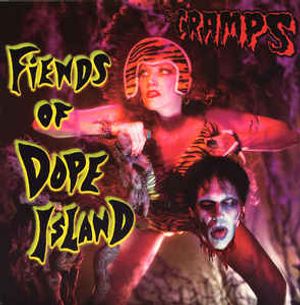
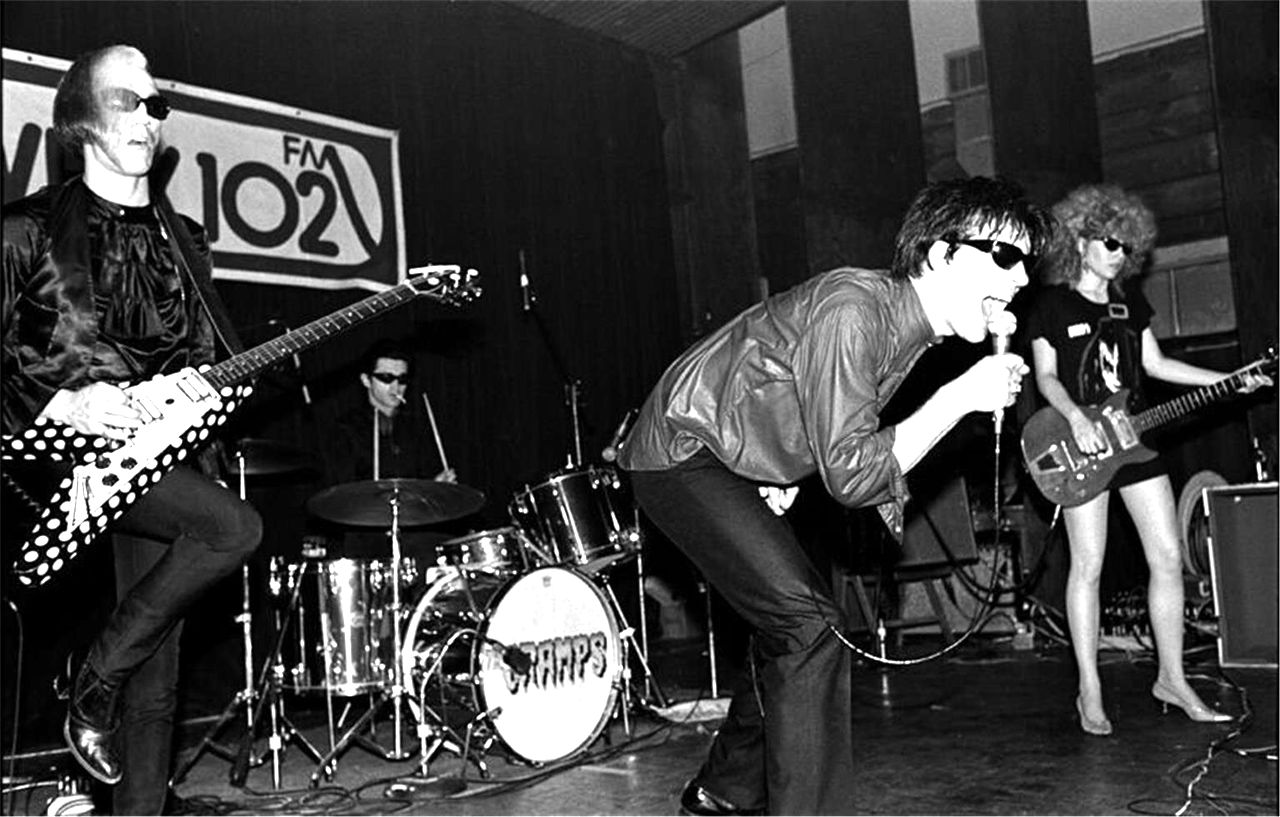
Follow Your Favorite Band Today!
Top The Cramps Community Posts
Albums
Story of The Cramps
The Cramps, progenitors of psychobilly and purveyors of sleazy, high-octane rockabilly-punk, stormed onto the scene in 1976 and remained a potent force until 2009. The bands core—and only constant members—were the iconic husband-and-wife team of Lux Interior (Erick Lee Purkhiser) and Poison Ivy (Kristy Marlana Wallace). Their initial lineup solidified in April 1976 with the additions of guitarist Bryan Gregory and drummer Pam Balam. While their membership fluctuated wildly over the years, the duos singular vision remained consistent.
Their debut album, Songs the Lord Taught Us, dropped in 1980, marking the beginning of a prolific career. Interior and Wallace, who met in Sacramento in 1972, bonded over a shared passion for record collecting and a darkly comedic aesthetic. Interiors stage name came from a car ad, while Ivys (initially Poison Ivy Rorschach, a nod to the famous test) arrived in a dream. After relocating from Akron, Ohio, to New York City in 1975, they quickly immersed themselves in the burgeoning CBGBs scene, sharing bills with punk luminaries like the Ramones, Talking Heads, Blondie, Patti Smith, Television, Suicide, Mink DeVille, and fellow Ohio transplants, the Dead Boys. The bands legendary run ultimately ended with Lux Interior`s passing in 2009.
Bands you may like
More Garage Rock Bands
Explore Garage RockDiscover more bands in the Garage Rock genre and explore the diverse sounds that define this musical style.
Browse All Garage Rock BandsMore Bands from United States
Explore United StatesDiscover the rich musical heritage of United States and explore bands that represent the country's unique sound and culture.
Browse All United States Bands
